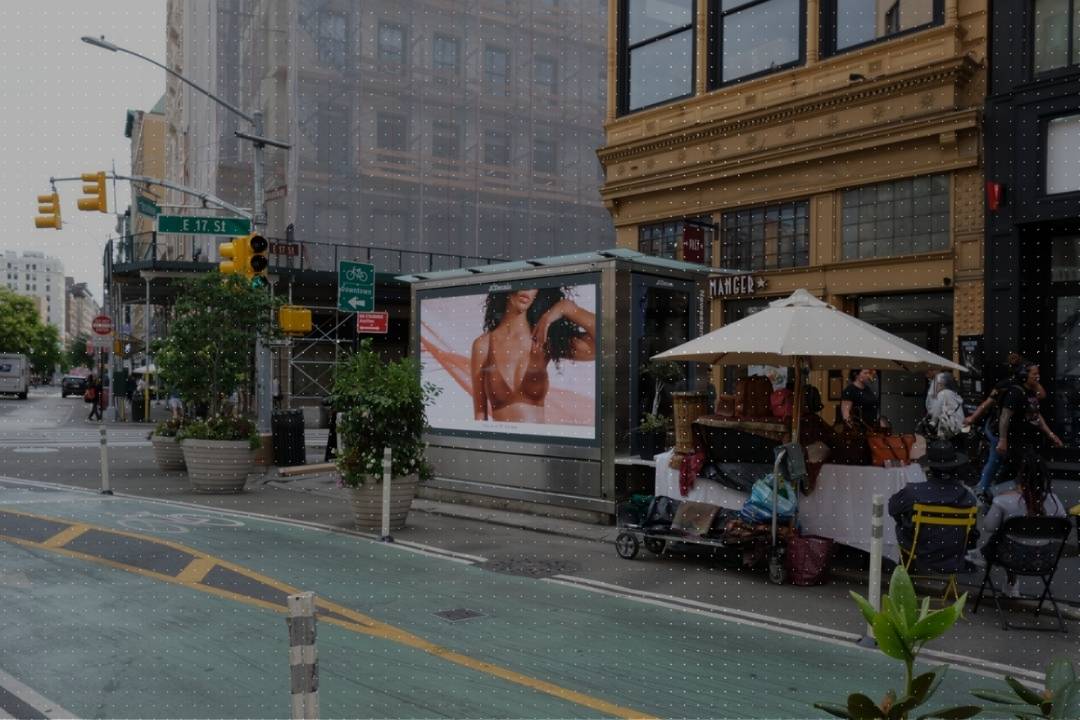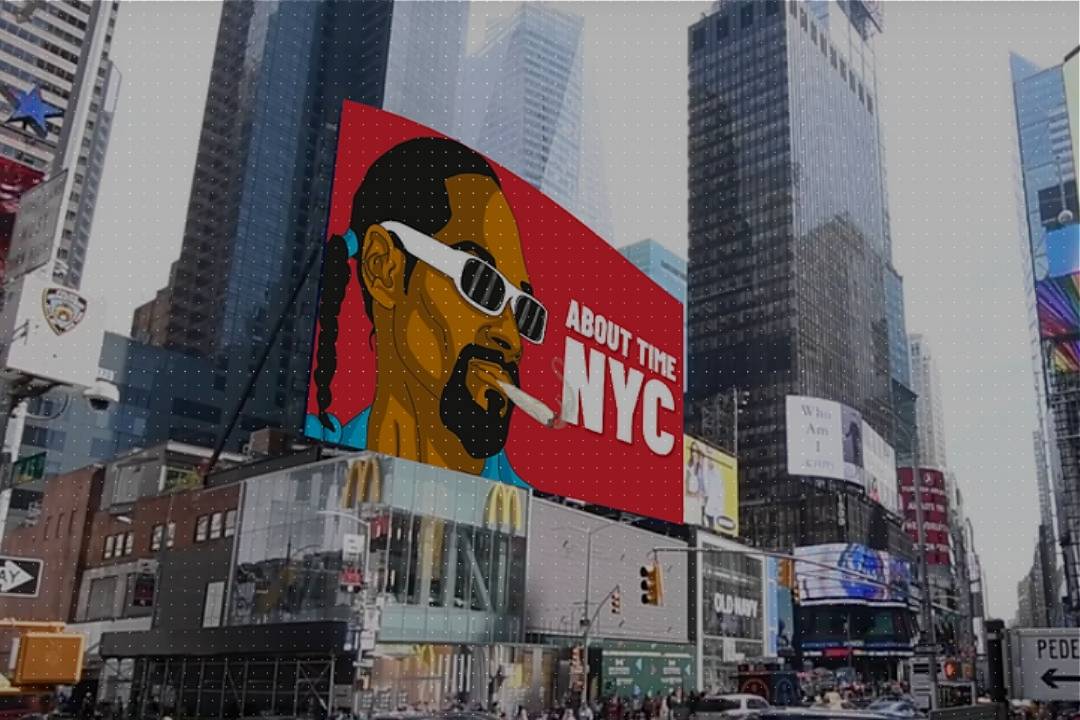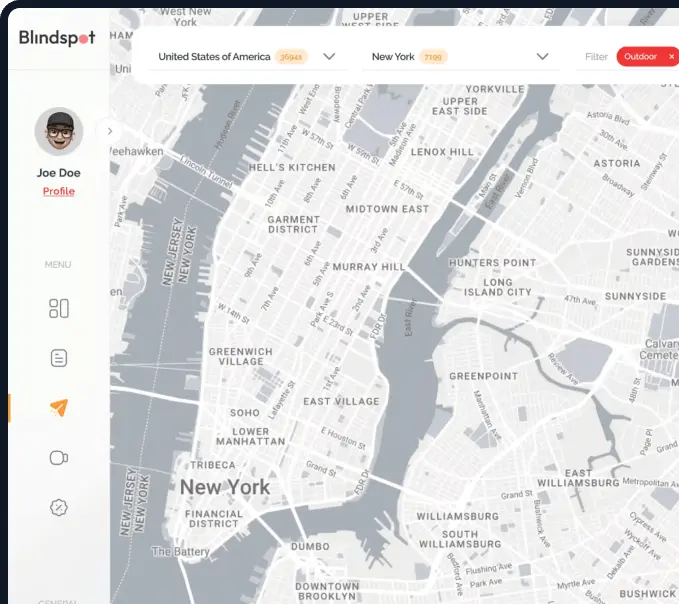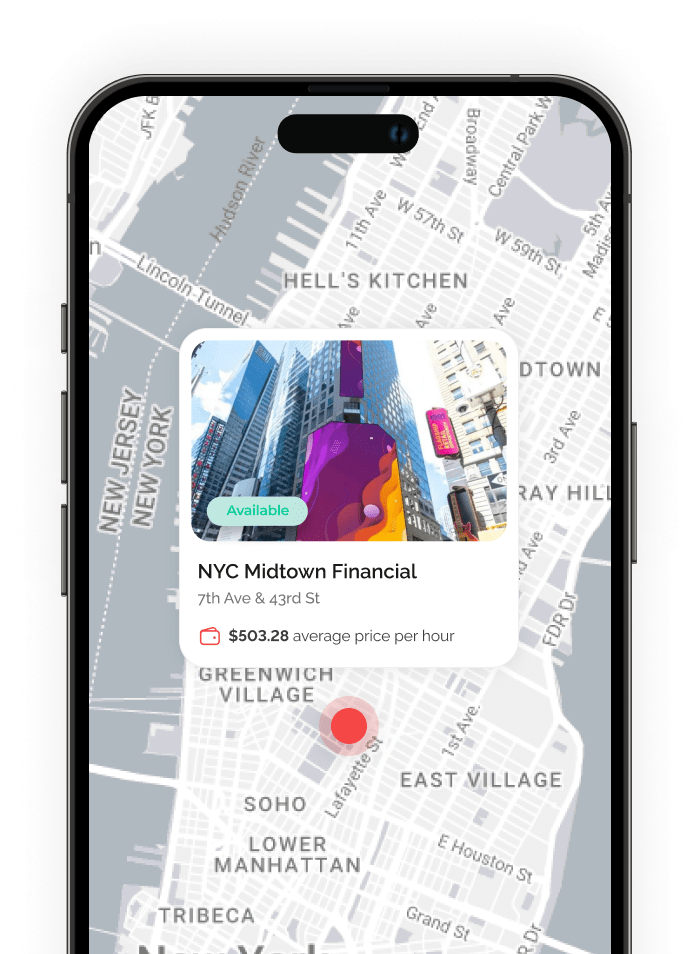How to Get on a Billboard: Business Advice for DOOH Advertising
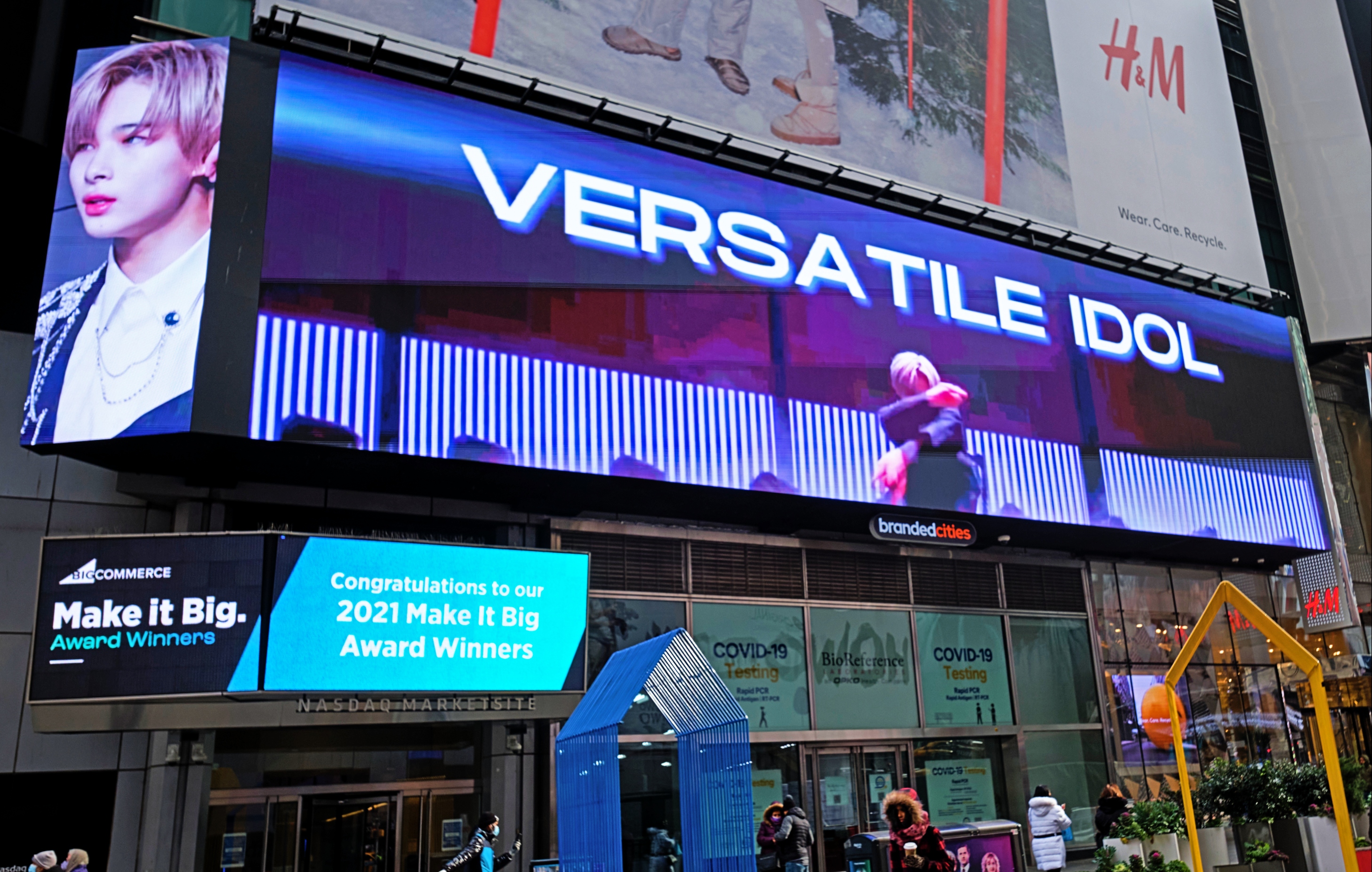
Have you ever driven by a massive billboard and thought, “I wish my business could be up there”? With the rapid growth of digital out-of-home advertising (DOOH), getting your brand on a digital billboard is now an achievable reality for businesses of all sizes. DOOH advertising combines the power of traditional outdoor advertising with the flexibility and creativity of digital marketing, allowing you to reach consumers with contextually relevant messaging in highly engaging ways.
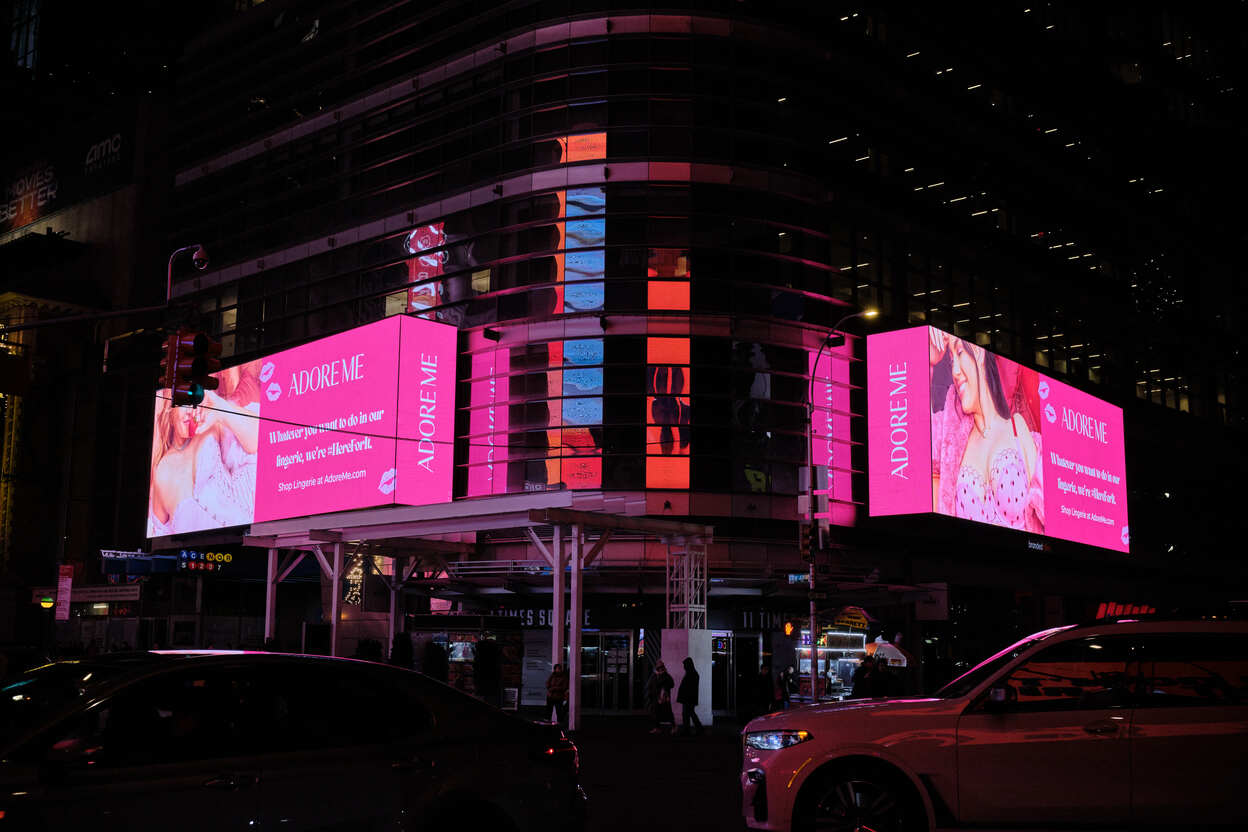
This comprehensive guide will walk you through the process of getting your message displayed on digital billboards and digital signage, helping you leverage this dynamic advertising channel to maximize your brand visibility and ROI. Whether you want to showcase your logo on a bus shelter or run full-motion video content on a skyscraper-sized digital screen, DOOH campaigns provide an effective way to capture audience attention in public transit hubs, shopping centers, highways, and more.
Understanding Digital Out-of-Home Advertising
Digital out-of-home (DOOH) advertising refers to the use of digital screens and billboards placed in high-traffic public locations to serve ads to consumers outside their homes. Unlike static traditional out-of-home advertising, DOOH allows for real-time updates, dynamic content, and audience targeting based on location, time, weather, and events. This makes DOOH a powerful advertising channel that blends the impact of outdoor advertising with the precision and flexibility of digital advertising.
How to Get on a Billboard
If you’re a business owner eager to expand your marketing reach, advertising on a digital billboard can be a game changer. But how do you actually get your ad on a billboard? Follow these essential steps:
1. Research DOOH Advertising Options
Start by researching different types of DOOH advertising available in your area. DOOH inventory includes digital billboards, transit shelters, retail digital signage, and more. Learn about the benefits of each media format and identify those that best align with your business goals and budget. Consider factors such as audience demographics, location foot traffic, and ad visibility.
2. Contact a DOOH Advertising Provider
Reach out to reputable DOOH advertising companies, such as Blindspot, to explore available billboard locations and pricing. Discuss your campaign objectives, duration, and budget to select the most effective sites for your ads. Providers can help you understand rights usage, scheduling, and the expected return on investment (ROI).
3. Create Your Ad Content
Design compelling ad content tailored for digital screens. Depending on your billboard type—static or video—you may need to hire professional graphic designers or video producers. Your content should be visually striking and concise, designed to capture attention quickly as viewers pass by.
4. Launch and Monitor Your Campaign
Once your ad content is ready and your billboard space is secured, launch your campaign. Coordinate with your advertising provider to ensure your ads run according to schedule. Monitor campaign performance using available analytics tools to track impressions, engagement, and conversions. Use this data to optimize your messaging and maximize effectiveness.
Tips for a Successful DOOH Billboard Campaign
- Choose High-Traffic Locations: Select billboards in areas with heavy foot or vehicular traffic, such as busy highways, public transit stations, or popular shopping districts, to maximize your ad’s reach.
- Know Your Target Audience: Understand the demographics and interests of the local audience to tailor your messaging for greater relevance and impact.
- Leverage Contextual Relevance: Use data like time of day, weather conditions, or nearby events to serve ads that are ad relevant and resonate with viewers in real time.
- Promote Your Campaign Across Online Channels: Amplify your billboard campaign by sharing it on social media platforms, your website, and other marketing materials to create a cohesive omnichannel approach.
- Track and Adjust: Continuously monitor your campaign’s performance and be ready to tweak your creative or placements to improve ROI.
What Type of Billboard Is Right for Your Business?
Choosing the right billboard depends on several factors:
- Audience Targeting: Identify who you want to reach and select billboard locations that align with their habits and movements.
- Billboard Size and Format: Digital billboards come in various sizes and formats, from small transit shelter screens to massive LED displays on skyscrapers. Consider what size and media format will best showcase your brand and message.
- Budget: Digital billboards vary in cost based on location, size, and campaign duration. Balance your marketing budget with your desired reach and frequency.
- Creative Flexibility: Video billboards allow dynamic storytelling and can adapt messaging in real time, while static digital billboards are ideal for simple, high-impact visuals.
How to Choose the Right Locations for Your Billboards
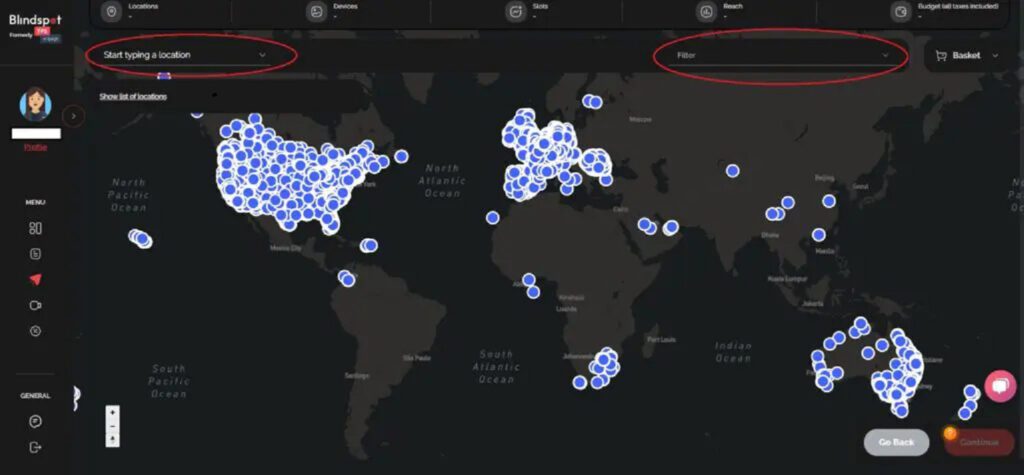
Location is critical to the success of your DOOH advertising. Consider the following when selecting billboard sites:
- Traffic Flow: Opt for areas with high pedestrian or vehicular traffic to maximize impressions.
- Demographics: Target locations where your ideal customers live, work, or commute.
- Visibility: Ensure your billboard best practices are followed: your billboard should be unobstructed, well-lit, and positioned for maximum exposure.
- Cost-Effectiveness: Compare prices across locations to find the best value for your advertising spend.
- Legal Compliance: Verify that your ad content complies with local advertising regulations and that the billboard permits your type of messaging.
Average Billboard Size and Examples
In the United States, the average billboard size is approximately 14 feet by 48 feet, though sizes can vary widely depending on local ordinances and available space. For example, the largest digital billboards are found in iconic locations like Times Square, New York City, offering unparalleled visibility.
DOOH inventory is diverse and includes:
- Large Format Digital Billboards: Positioned along highways and city streets, ideal for broad reach.
- Place-Based Digital Signage: Located in venues like malls, airports, and transit hubs, allowing for targeted messaging.
- Point-of-Purchase Digital Displays: Screens inside retail stores that influence buying decisions at the moment of purchase.
Benefits of DOOH Advertising for Your Business
- Enhanced Audience Targeting: DOOH campaigns can leverage audience targeting and contextual relevance to serve ads that resonate with consumers in real time.
- Dynamic Content: Unlike traditional out-of-home ads, DOOH allows for quick content updates and creative flexibility.
- High Engagement: Research shows that DOOH ads achieve higher recall and engagement than static billboards.
- Omnichannel Integration: DOOH can complement online and mobile advertising efforts, creating a cohesive brand message.
- Measurable Impact: Advanced attribution capabilities enable marketers to track campaign effectiveness and optimize spend.
Getting your business on a digital billboard through DOOH advertising is a powerful way to boost brand awareness, engage your target audience, and drive sales. By understanding the options, choosing the right locations, creating compelling content, and monitoring your campaign, you can maximize the impact of your DOOH advertising investment. Ready to elevate your marketing strategy?
Contact Blindspot today and start your journey into the exciting world of digital out-of-home advertising!
